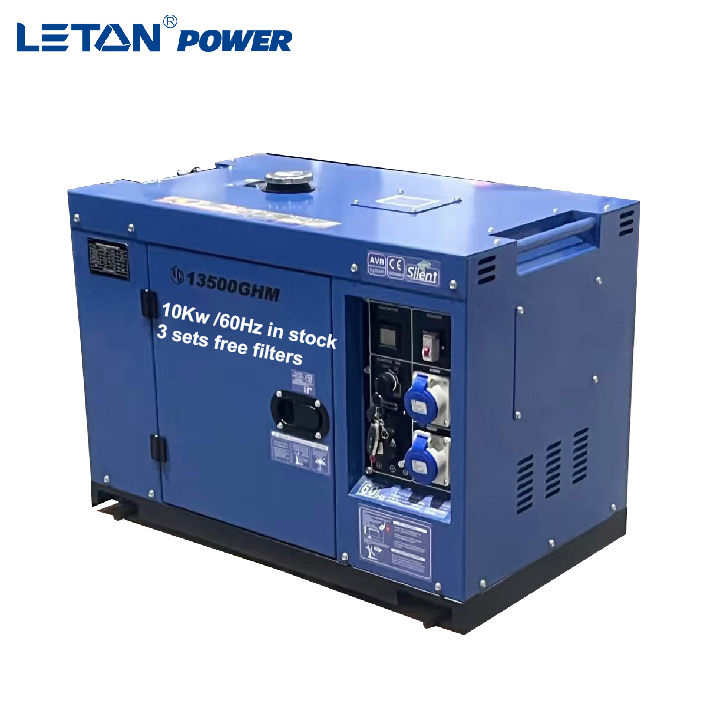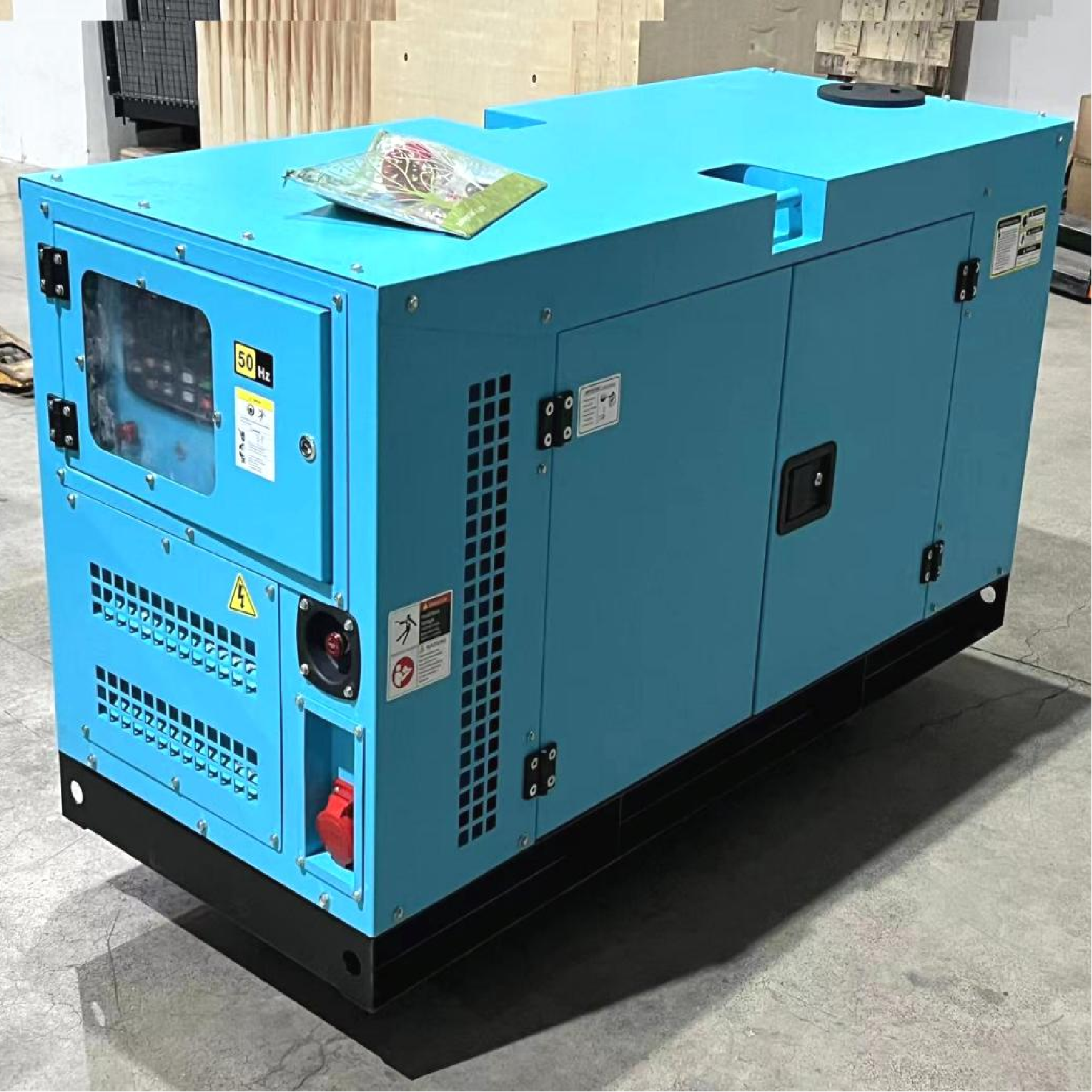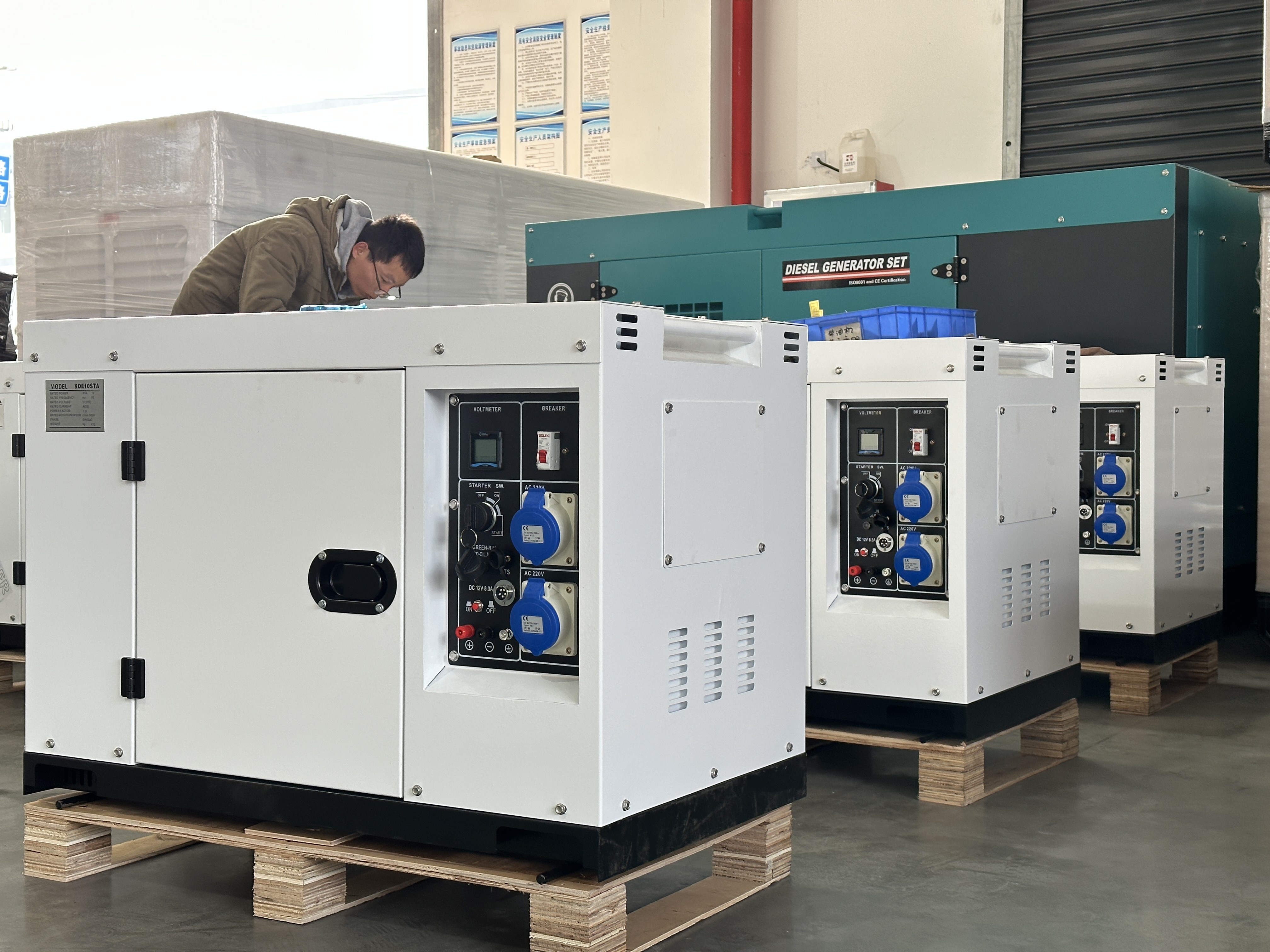Having a standby generator for your home is an excellent way to ensure uninterrupted power supply during power outages caused by storms, accidents, or utility maintenance. A standby generator automatically kicks in when the main power supply fails, keeping your essential appliances and systems running smoothly. But with so many options available in the market, choosing the right standby generator for your home can be overwhelming. Here are some key factors to consider when making your decision.
1. Determine Your Power Needs
The first step is to identify the total electrical load you need to power during an outage. Consider essential items like your refrigerator, freezer, heating/cooling system, lights, well pump (if applicable), and any medical equipment that requires electricity. Add up the wattage requirements of these devices to get your total wattage need. This will help you determine the minimum size of the generator you need.
2. Size of the Generator
Standby generators are rated in kilowatts (kW). A general rule of thumb is to choose a generator that can handle 30-50% more power than your total wattage need to account for startup surges and future expansion. For example, if your total wattage need is 10,000 watts (10kW), a 15kW or 20kW generator would be a good choice.
3. Fuel Type
Standby generators can run on various fuels, including gasoline, propane, diesel, and natural gas. Each fuel type has its advantages and disadvantages:
- Gasoline: Easy to find and relatively inexpensive but requires frequent refueling and can degrade over time.
- Propane: Clean-burning, less likely to degrade, and safer to store than gasoline, but may be more expensive and less energy-dense.
- Diesel: Highly efficient, long-lasting, and can handle heavy loads, but it requires specialized storage and may be more expensive.
- Natural Gas: Clean, convenient (if your home is already connected to a natural gas line), and requires no refueling, but may be limited by availability in some areas.
4. Noise Level
Standby generators can produce varying levels of noise, depending on their size and design. Consider the location of your generator and its proximity to living spaces when selecting one. If noise is a concern, look for models with low-noise features or consider installing the generator further away from your home.

 5. Transfer Switch
5. Transfer Switch
A transfer switch is a critical component of a standby generator system. It automatically switches your home’s electrical system from the utility grid to the generator and back again when power is restored. Make sure the generator you choose comes with a compatible transfer switch or can be easily integrated with one.
 6. Warranty and Maintenance
6. Warranty and Maintenance
Check the warranty offered by the manufacturer and consider the long-term maintenance requirements of the generator. Some brands offer extended warranties or maintenance contracts that can save you money in the long run. Regular maintenance, including filter changes, oil changes, and inspections, is essential to ensure the generator’s reliability and longevity.
7. Cost
Finally, consider your budget. Standby generators can range widely in price, depending on their size, fuel type, and features. While it’s tempting to save money on the initial purchase, remember that a lower-quality generator may cost more in the long run due to frequent repairs or inadequate performance.
Post time: Aug-09-2024







